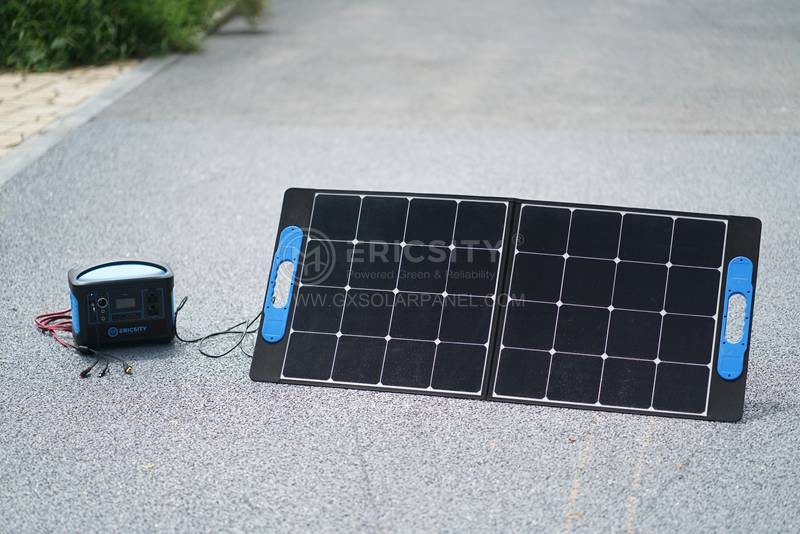HOT PRODUCT
Product Details
The Science Behind 100 Watt Portable Panels: How They Generate Power
Title: The Science Behind 100 Watt Portable Panels: How They Generate Power
Introduction
In this rapidly advancing technological era, renewable energy sources are gaining significant attention. One such source is solar energy, harnessed through solar panels. With the ability to convert sunlight into electricity, solar panels have become an attractive alternative to traditional fossil fuel-based power generation methods. Portable solar panels, in particular, have emerged as a convenient and versatile option for generating power on the go. This article delves into the science behind 100 Watt portable solar panels, focusing on how they generate power efficiently.
Understanding Photovoltaic Effect
The fundamental principle behind solar panels lies in the photovoltaic effect. This effect involves the conversion of light energy (photons) into electrical energy (electrons) by certain materials exhibiting semiconducting properties, commonly known as photovoltaic cells or solar cells. These cells are typically made from silicon, a highly abundant and efficient semiconductor material.
Structure of Solar Cells

To understand the functioning of solar cells, it is essential to grasp their basic structure. A photovoltaic cell consists of multiple layers sandwiched between two conductive contacts. The top layer is a thin film of anti-reflective material, which reduces light reflection and enhances light absorption. Beneath this layer lies a thin sheet of a negatively charged semiconductor, typically made of silicon. This area is known as the N-layer. The bottom layer is the P-layer, made of a positively charged semiconductor. The N and P layers create an electric field at their junction, known as the P-N junction.
Working of Solar Panels

When sunlight hits the solar panel, it penetrates the anti-reflective layer and reaches the N-layer, stimulating its electrons. The photons’ energy enables those electrons to break free from their atoms and creates negatively charged electrons and positively charged “holes” in the N and P layers, respectively. Due to the electric field at the P-N junction, the electrons and holes separate, with the electric field directing electrons towards the N-layer and holes towards the P-layer.
The flow of electrons along a conductive path, created by metal contacts on the top and bottom of the solar cells, generates a direct current (DC) of electricity. The metal contacts collect the electrons and deliver them to the external circuit for usage. By connecting several solar cells in series or parallel, solar panel manufacturers achieve the required voltage and current outputs.
Efficiency of Solar Panels
The efficiency of solar panels is a crucial factor in determining their capability to generate power. It represents the percentage of sunlight energy converted into electricity. Factors such as the quality of photovoltaic cells, level of light absorption, and resistance losses during energy conversion affect panel efficiency. Higher efficiency allows solar panels to convert a greater amount of sunlight into usable electrical energy.
Advantages of Portable 100 Watt Solar Panels
Portable solar panels, specifically those with a 100 Watt rating, offer numerous benefits. They are lightweight, compact, and easy to carry, making them suitable for outdoor activities, camping, hiking, and emergency power needs. The 100 Watt rating ensures decent power output for charging small electronic devices, batteries, and powering low-power appliances like LED lights.

Conclusion
As renewable energy gains prominence in today’s energy landscape, the science behind solar panels becomes crucial to comprehend. Understanding how 100 Watt portable panels generate power provides insight into their effectiveness and suitability for various applications. By harnessing the photovoltaic effect and utilizing semiconductor materials like silicon, such panels offer a clean, sustainable, and convenient solution to meet our power needs while minimizing environmental impact.




